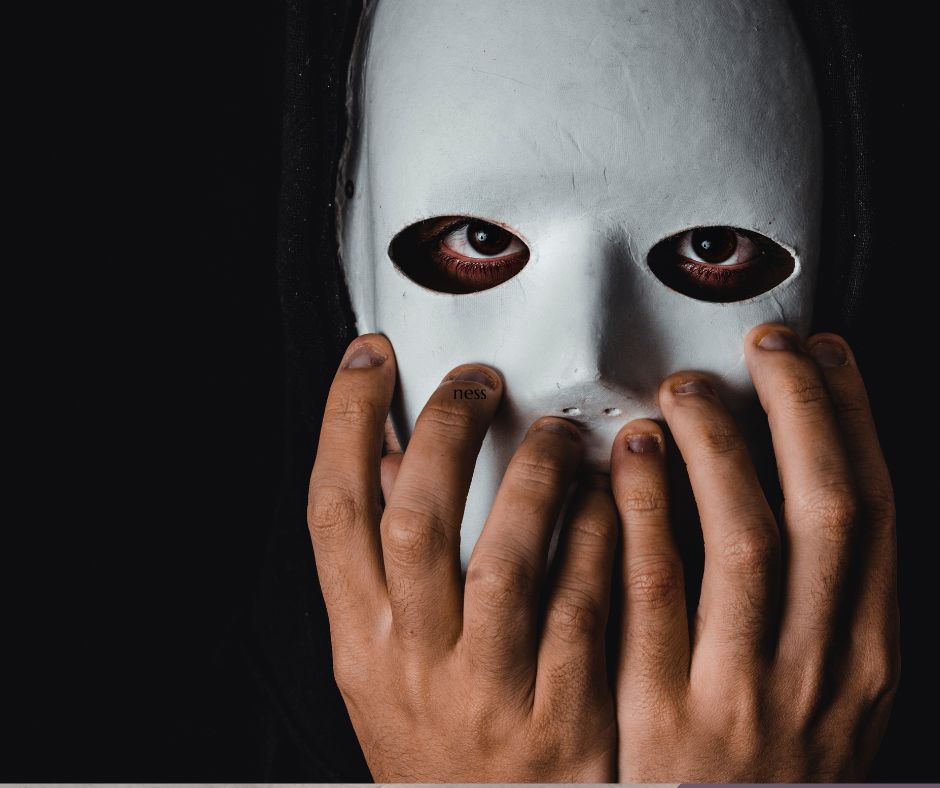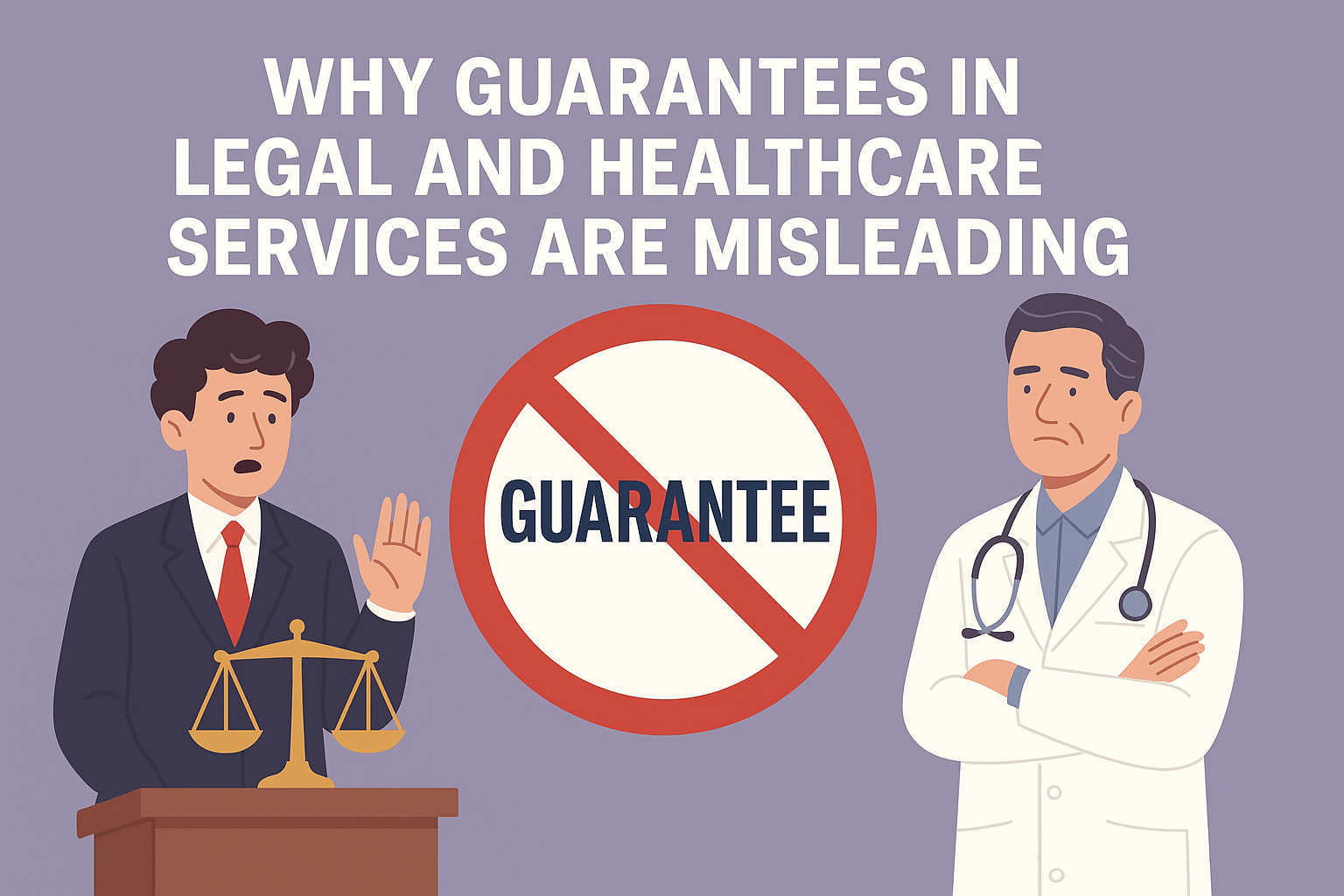Overload of Work of Police Officials
Introduction
According to a quote by Field Marshall Kitchener, “policemen have a great civilizing power.” a power that allows him to influence society to the point where he can play a key role in its transformation. There are numerous examples in Indian police history where officers have positively impacted societal development while performing their duties. The purpose of this write up is to study the overload of work on Police Officials and the other authorities and how this workload affect their health and work functioning.
For example, police must faithfully adhere to the Indian Constitution, respect and protect the rights of citizens guaranteed by it, always put duty before self, maintain composure in the face of danger, and be willing to give their lives to protect others, among many other things.
But in this whole process we do forget that these Police Officials are human only made up of blood and flesh and as a citizen of this country we also have certain duties towards them of which we are negligent the most.
“Protection of Life and Personal Liberty
No person shall be deprived of his life or personal liberty except in accordance with procedure established by law,” states Article 21 but it has been seen that there is a violation of this article when it comes to Police Officials. Let’s understand this with the help of a recent Delhi Stampede where a video is circulating of Lady Female Constable carrying her child on duty as per Article 21 every child has a right to grow healthy environment and this is an example of violation of the Article 21 apart from this Indian Labour Law talks about the concept of crèches but why these concepts are silent when it comes to the right of the one who are harming themselves to provide the peace and security to us Citizens?
Section 23 of Police Act 1861
It states that Every police officer has a duty to promptly obey and carry out all orders and warrants that are lawfully issued to him by any competent authority; to gather and disseminate intelligence that affects public peace; to stop crimes and public nuisances from being committed; to identify and bring to justice offenses and to apprehend anyone he is legally authorized to apprehend and for whose apprehension there is sufficient ground; and for any of the purposes listed in this section, it is legal for any police officer to enter and inspect any gaming establishment, bar, or other establishment that serves loose and disorderly characters without a warrant while the Act is somehow silent when it comes to the right of the Police Authorities.
Status of Policing in India Report 2019
According to the Status of Policing in India Report 2019, which was released on August 27, around 24% of police personnel in India work more than 16 hours per day on average, and 44% work more than 12 hours. A workday lasts 14 hours on average. Furthermore, 73% of police officers reported that their workload is negatively impacting their physical and mental health, according to a study conducted by Common Cause and Lokniti-Centre for the Study of Developing Societies, both situated in New Delhi. Approximately 84% stated that their duties leave no time for their families.
Police officers in 21 states work 11 to 18 hours a day on average. According to the survey data, Odisha has the greatest average working hours (18 hours per day). In Nagaland, police officers worked an average of eight hours per day.
As of January 2017, records from the Bureau of Police Research and Development show that up to 22% of police positions remained vacant. This is despite an 11% increase in manpower between January 2016 and January 2017.
CSDS-Lokniti research
According to the CSDS-Lokniti research, four out of every five employees do not receive compensation for overtime labor. According to a Bureau of Police Research and Development report, “a majority of states” pay police officers one month’s income for overtime work each year. This is “hardly an adequate compensation” for a year’s worth of overtime work, it said.
In Assam, Gujarat, Karnataka, Mizoram, and Tripura, no monetary or non-monetary compensation scheme was identified.
According to a survey, Odisha has the highest average working hours of any state, with police officers clocking more than 18 hours each day. On average, one in every two police officers in the state works overtime on a regular basis, yet eight out of ten do not receive extra pay. The State is followed by Punjab, where the duty hours are approximately 17 hours.
In states such as Andhra Pradesh, Bihar, Chhattisgarh, Haryana, Himachal Pradesh, Rajasthan, and Telangana, police officers work 16-hour days.
The majority of the State’s police force is far from the standards outlined in the Model Police Act of 2006, which call for eight-hour fixed shifts.
Despite having fewer vacancies than the rest of India, including Haryana, West Bengal, Gujarat, Uttar Pradesh, Bihar, Jharkhand, Andhra Pradesh, and Telangana, police officers in the state are required to work overtime. The overall police strength in the State is 85.4%, compared to the national average of 77.4%.
As per Meera Chadha Borwankar , first women Commissioner of Maharashtra, ” Reforms are required both at the top and at the police station level. At the police station level, we must ensure eight-hour duty for officers, transparency, technology, and adequate human resources. Currently, we have an overworked police force in the field and largely compromised leadership at the top, resulting in a double whammy.
We have approximately 153 police officers per lakh of population, which is below than the internationally accepted norm of around 220. The failure to invest in the criminal justice system, including the police, prosecutors, forensics, and judiciary, has resulted in criminal proceedings taking approximately ten years and civil trials taking up to twenty years. Public pressure must be increased so that the country invests in its just system.
This overload of work on Police Officers does affect their health on various parameters such as mental, behavior and psychological and varied studies are conducted with regard to that.
Due to the numerous detrimental effects on both the person and the frequently ignored police department, police occupational stress is a widespread problem. In the Udupi district, this study is the first of its sort.
76 constables in all, drawn from seven randomly chosen police stations, took part in this study. The organizational and operational police stress questionnaire and the general health questionnaire were used to measure stressors and psychological distress, respectively.
According to this study, 28 stressful activities were substantially linked to psychological anguish, and one-fourth of the participants reported experiencing high levels of psychological distress as a result of years of service. According to research, police officers had greater suicide rates than other demographics. They also have higher divorce rates and lower family life quality. According to the studies’ findings, “more suicidal thoughts were reported by 23% of male officers and 25% of female officers than the general population.”
Therefore, the police department should implement changes like shared work, set duty hours, etc. to prevent stress and its negative effects. Regular stress management training sessions can boost competitiveness and increase coping skills.
Health care providers and employees of some industrial enterprises have been linked to occupational stress as a result of shift employment. Police officers and other emergency responders are among the many professions that frequently need shift work. Shift employment is linked to cardiovascular conditions like myocardial infarction and ischemic stroke, according to mounting data.
Spielberger Police Stress Survey
Using the Spielberger Police Stress Survey, 365 police officers between the ages of 27 and 66 were asked how many stressful incidents they had experienced in the previous month and year. Daily payroll information were used to calculate work hours. Each participant’s dominant shift (day, afternoon, or night) was determined by taking the shift that accounted for the largest percentage of their total time worked during the previous month or year. For day, afternoon, and night shifts, this meant working from 4:00 AM to 11:59 AM, 12 PM to 7:59 PM, and 8:00 PM to 3:59 AM, respectively.
Differences in work intensity may be the reason for the notable variations in the overall number of stressful events that transpired in the past month and year between day shift and non-day shift employees in the current study. Work content may potentially be the reason of the discrepancy. Significant variations in the amount of psychological and physical threats could indicate that the nature of the work varied from shift to shift, which could explain the variation in administrative and professional pressure reports across shifts.
There was a documented difference in the administrative and professional pressures between shifts. Officers on non-day shifts, for instance, experienced a disproportionately higher number of physical and psychological threat-related incidents, such as “responding to a felony in progress” and “resolving family disputes and crisis situations.” As a result, they were more likely to “appear in court on their day off or the day after a night shift,” “experience negative attitudes toward them,” and “not have enough manpower to handle a job.” As a result, they could require more organizational and administrative help in addition to support from friends, family, and the community they served. But from the administrators’ point of view, these needs might not be apparent.
In terms of overall stress, administrative/professional pressure, and physical/psychological danger, officers on the afternoon and night shifts reported more stressful incidents during the past month and year than officers on the day shift. These disparities did not depend on police rank, age, sex, or race/ethnicity. Officers on the night shift and those on the afternoon shift experienced these stressful occurrences at similar rates.
In one study, the occupational stress questionnaire was used to assess 100 Uttar Pradesh police officers, 100 inspectors, and 100 constables.
Uttar Pradesh has the highest crime rate of any Indian state or union territory, accounting for 12.9% of all crimes in 2011, according to data from the National Crime Record Bureau.
Constables, inspectors, and officers are the three main categories into which Indian police officers fall. Constables are the lowest echelon of the police force; they carry out given tasks and obey inspectors’ and sub-inspectors’ orders. At the intermediate level, the inspectors are expected to conduct case investigations and submit first information reports (FIR). They are also in charge of overseeing the police station’s operations and maintaining law and order in their jurisdiction. The town’s crime and law-and-order condition is under the administrative authority of the officials, such as the Circle officials [Cos], Superintendent of Police [SP], Assistant Superintendent of Police [ASP], and Senior Superintendent of Police [SSP]. They also handle grievances and complaints from the public and oversee the work of police officers who report to them.
Given that different police echelons have different work schedules, many speculate that their experiences with professional stress may differ as well. Overall, inspectors experienced the most stress, followed by officers and constables. Inspectors had much more stress in the areas of interpersonal stressors, organizational structure, and private life, even though these differences were not statistically significant. Officers had the most stress in the areas of role ambiguity and people management. Constables, however, were also dealing with the same issues in the areas of travel, work pressure, and environmental stress.
Poor relationships that lack trust, support, and interest in listening can lead to increased psychological stress, according to a classic study done at the National Aeronautics and Space Administration. According to qualitative investigation, they state that there is a communication breakdown between them and their superiors and that “the subordinates and fellow officers do not cooperate.” They are reluctant to express their opinions to superiors. They don’t have the opportunity to interact with their coworkers because of the nature of their work.
Officers also experienced stress due to job ambiguity. This stressor had suggested that, in contrast to other groups of officers, they were unsure about the extent of their duties and expectations. They occasionally feel, for instance, that they are “unsure about how much authority they have.”
Conclusion
Indian Police Force plays a very pivotal role when it comes to the safety of us citizens and in the whole process we, the citizen as well as the government do forget about their rights, as human it’s a normal tendency that we focus more on our rights and do forget the duty part but it’s a high time to corporate with the officials so that they can handle the situations carefully meanwhile, the government should launch schemes regulating the work hours and to provide better working conditions to the officials.
Incase, You wish to discuss, and talk on any such matter that, ‘You may need help with’. Feel free to contact us. Our team at www.legalwellbeing.in shall be happy to assist.
Written by Team Member(s) and Ms. Varsha Dubey.
References-
1.) Atman Mehta , ‘It’s not like Singham ‘ , Scroll.in , October ,26, 2019.
2.) Shraddha Sadnand Parsekhar , Mannat Mohanjeet Singh, TV Bhumika , ‘Occupation-related psychological distress among police constables of Udupi taluk, Karnataka: A cross-sectional study’
3.) Claudia C. Ma ,Michael E. Andrew, etc. , ‘ Shift Work and Occupational Stress in Police Officers’ , October 20, 2014
4.) Hemant Kumar Rout , ‘ 18 hours: Odisha cops most overworked’ , Indian Express , August 30, 2019.
5.) Interview with Meeran Chadha Borwankar, first woman commisioner of Maharashtra, Economic Times , December 07, 2023.
6.) Shewta Singh , Sujata Kumar, ‘ Sources of occupational stress in the police personnel of North India: An exploratory study’
7.) JN Pandey, Constitutional Law , page No. 281 , 57th Edition













